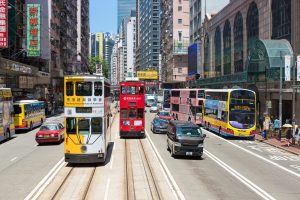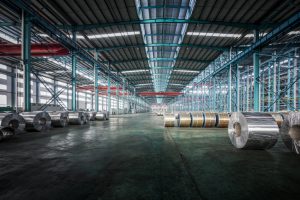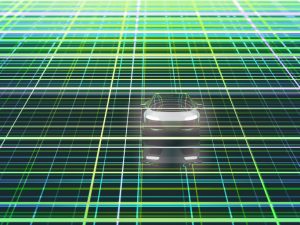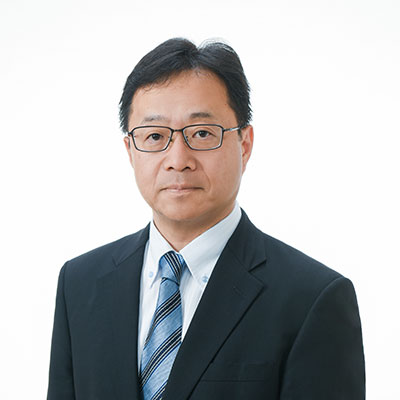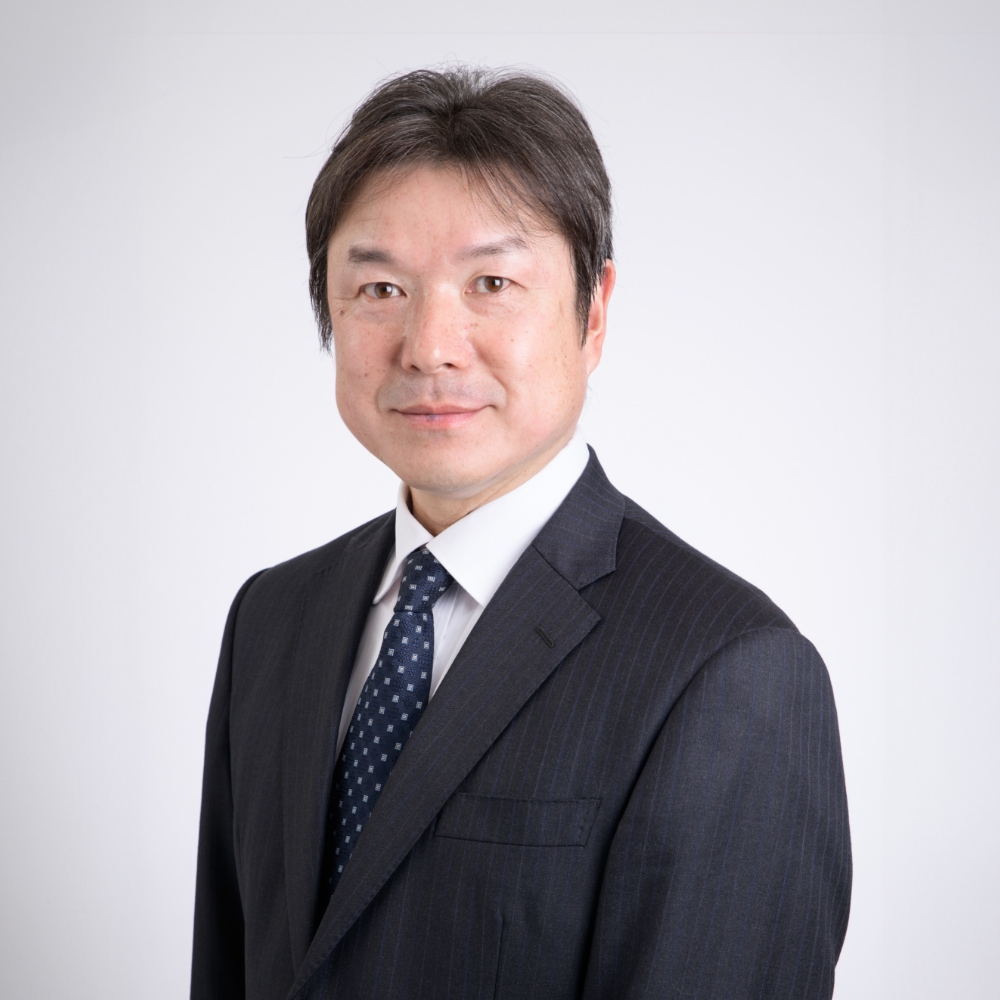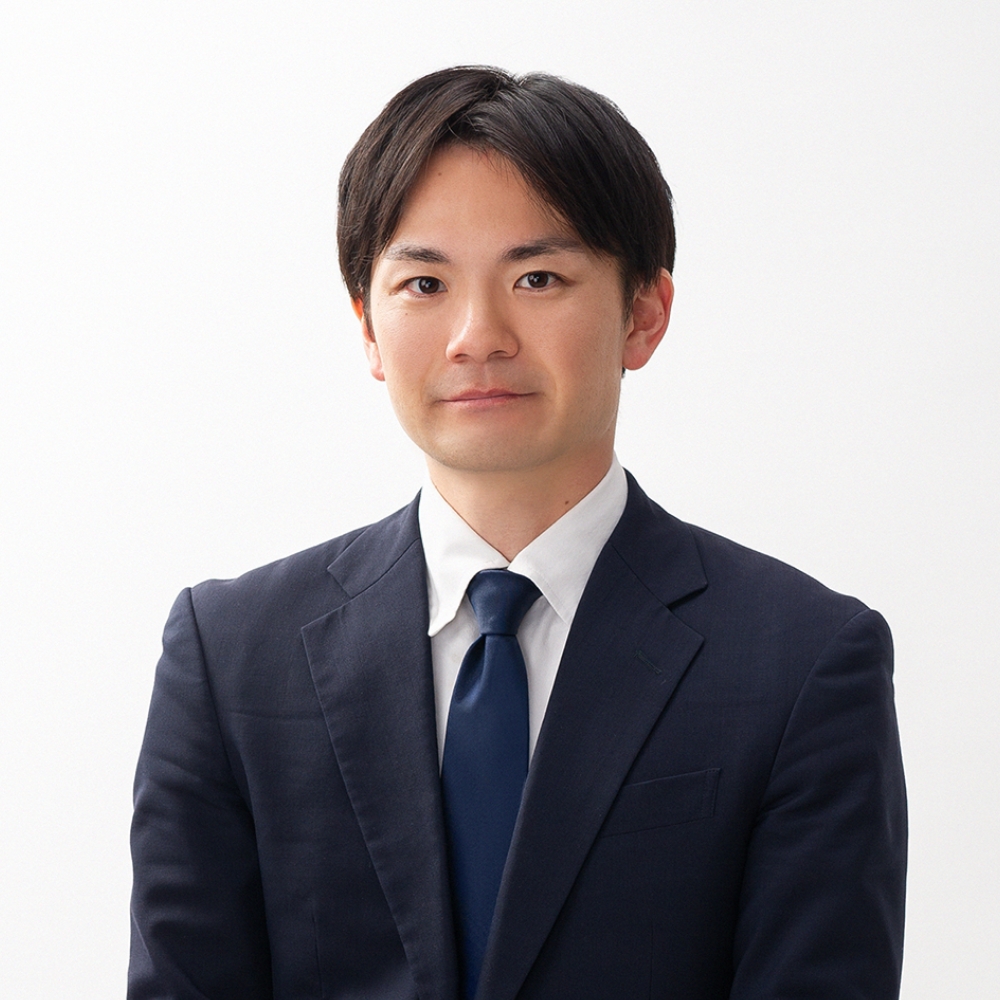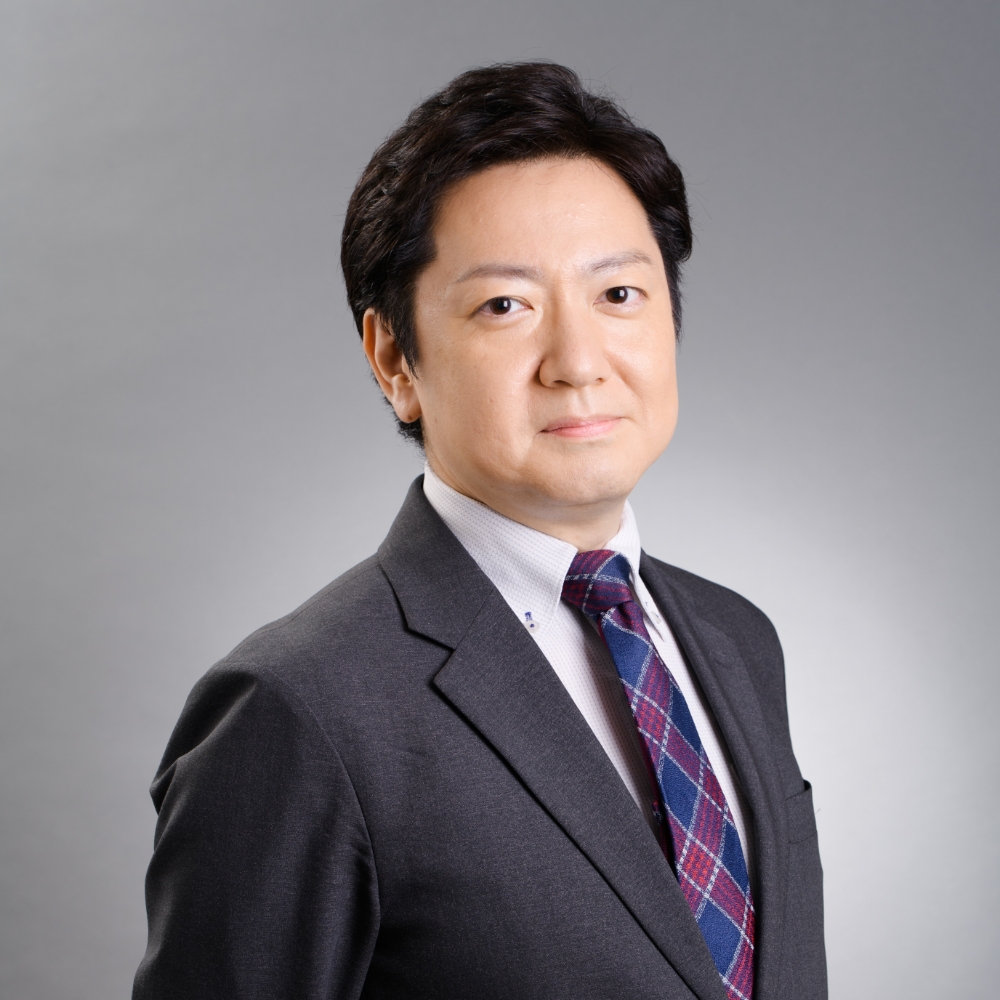Introduction
Recently, the fuel-cell vehicle (FCV) seems to have lost its presence when compared to its initial release. However Toyota has sold approximately 2,400 units of Mirai in the Japanese domestic market since they launched the model in December 2014. Clarity Fuel Cell of Honda has also sold approximately 200 units since March 2016, although Honda limits the sales only to Government agencies and Enterprises on maintenance lease basis (not to private users yet).
Sales of FCVs in the United States, with the state of California being at the center, have exceeded those in Japan. Approximately 3,800 Mirai have already been sold since its launch in October 2015, and approximately 1,100 Clarity Fuel Cell have been sold since December 2016.
This year in May, Toyota announced to build a new factory for producing fuel cell stacks, as well as the addition of a new production line for high-pressure hydrogen tanks, in anticipation of
global sales for FCV’s reaching 30,000 units per year from 2020 onwards.
Honda has also announced to establish a joint venture with General Motors to produce next generation fuel cells beginning in 2020.
The FCV has many fascinating characters such as;
1) As well as cars with internal-combustion engines, FCV can be filled up with fuel (hydrogen) within a few minutes.
2) As well as Battery Electric Vehicle, FCV can be utilized as an emergency source of electricity in case of a disaster.
3) FCV has rich starting torque thanks to its electric motor.
4) Although it depends on the production and transportation methods of hydrogen, FCV has the potential to be “Ultimate Eco-car” by having low CO2 emissions throughout the “Well to Wheel” cycle.
However there may be many people who think of the ease-of-use.
The current limited availability of hydrogen stations might make it difficult for them to add an FCV to their shopping lists when they purchase the car.
In my case, the closest hydrogen station is located about 30-minute drive distance from my home. About 2-3 times a year, I visit my parents’ home, approximately 300km away from my home. There is no hydrogen station on the way. If I leave my home with full tank of hydrogen, don’t stop by anywhere, and just patiently and gently drive, it might be possible to make a return trip without refueling.
But it is neither fun nor convenient to travel by a car in such a manner. If I am asked “Will your next car be an FCV?”, therefore, my answer might be negative either.
I would like to consider hydrogen station, one of the bottlenecks in the spread of FCVs, so that I can predict the future of FCVs.
The Current State of Hydrogen Stations and Development Objectives
In December 2017, the Japanese Government announced the “Basic Hydrogen Strategy”, which says the development objectives for hydrogen stations are 160 stations by 2020 (FCV spread of 40,000 units), 320 stations by 2025 (200,000 units), and 900 stations by 2030 (800,000 units). In May this year, the number of operating hydrogen stations, including mobile type, reached 100 (in 25 prefectures out of 47) in Japan.
On the other hand, although gasoline stations have halved in number compared to their peak times, at the end of March this year, there were still 30,747 stations in Japan.
The number of rapid battery chargers for Battery Electric Vehicles and Plug-in Hybrid Vehicles at the end of May 2018 was 7,241.
Why does Establishment not Advance ?
?Currently, excluding land fees, it costs approximately 400-500 million Yen to build one hydrogen station in Japan. The annual operating costs is said to be 40-50 million Yen. This is fairly high when compared to Europe and the United States whose building costs are 200-300 million Yen, and whose operating costs are 20-30 million Yen.
The above differences between Japan and Europe/United States are mainly due to the costs of special materials and machinery mandatory required by the high pressure gas safety regulations in Japan.
Other causes include the annual legal safety inspection (which costs approximately 20 million Yen and during the inspection the business has to be shut down for thirty days), and because, up to now, self-service filling of hydrogen has not been authorized, a licensed safety manager is required to station during the operation hour of hydrogen station.
This turns into a “the chicken or the egg” argument, but according to the preliminary calculations by the Agency for Natural Resources and Energy, in order for a hydrogen station to survive without subsidy, each station need 900 FCV units (passenger vehicles) to serve.
Since it takes time for the number of FCV to reach this level, there must be a structure to make hydrogen station profitable business even before the number of FCV increase.
Efforts Towards Accelerating Hydrogen Stations’ Developments
The foundation of Japan H2 Mobility
On February 20, 2018, as the joint venture by the infrastructure operators, the automobile manufacturers, and the financial investors, Japan H2 Mobility, LLC (commonly known as JHyM) was established, objecting to accelerate the development of hydrogen station.
JHyM’s business details are summarized in two points, “The strategic development of hydrogen stations” and “Contributions towards efficient administrations of hydrogen stations”.
In concrete terms?:
1. JHyM bears the cost to set up new hydrogen stations, with the capital injected by the co-investors toward JHyM and subsidiary aid by the government, which helps to reduce the initial investment by the infrastructure operators. (Formerly, it was just the subsidiary aid by the Government, or local government depending on the region)
2. Regarding the operation, the automobile manufacturers (co-investors of JHyM) will support it by consigning the operation of hydrogen station built under the scheme described on above term 1, which is difficult to be economically independent for the time being, to the infrastructure operators.
It seems the positive results have already begun. When JHyM was founded, there were eleven constituent companies (six were infrastructure operators) and now, five months since its foundation, it has been enlarged to eighteen companies (eight of which are infrastructure operators).
Even previously, there had already been support from the Government, local governments, and automotive manufacturers towards the development and management of the hydrogen stations. However due to the establishment of JHyM, financial investors have been ushered in as new stakeholders and due to the unification of support, a more efficient support has been created. This is expected to connect with the promotion for the hydrogen stations’ developments.
Deregulations
As previously stated, one cause for the fairly high building and operating costs in Japanese hydrogen stations, when compared with those in Europe and the United States, is due to the strict high-pressure gas safety regulations.
However the regulations have undergone revisions thanks to the announcement by the Prime Minister, Shinzo Abe, in his “Second Part of the Growth Strategy Speech” in May 2013, which included an operation to review any regulations concerning hydrogen tanks for FCV’s, and hydrogen stations.
Those that have already taken place are:
1. Setting up the regulation for hydrogen station with 82MPa hydrogen tank
It is now possible to fill up FCVs equipped with 70MPa tanks such as Toyota Mirai or Honda Clarity Fuel Cell.
2. Mitigation of the separation between public roads and dispensers
An increase in the degree of freedom for layouts, and the possibility to outfit hydrogen stations in more confined sites
3. Revision of fire laws
It is now possible to establish both gasoline station and hydrogen station within the same site.
Such deregulations are being implemented.
In regards to self-service hydrogen stations, as a result of the regulation reform operation project in 2015, the “Self-service hydrogen station guidelines” were introduced this year in May by Japan Petroleum Energy Center (General Incorporated Foundation).
It is not as “simple” as a gasoline station, however the average FCV driver can now fill up hydrogen by him/herself if they “follow the guidelines, bind into an agreement, and receive the necessary training”.
In addition, in the January 2017 policy speech, “We will proceed to expose and reform the various regulations that span over each ministry in order to spread fuel-cell vehicles” was referenced and well-received. The plan includes a review of thirty seven regulation items in the regulation reform operation project.
Within those, ten items are implemented throughout the 2017 fiscal year, thirteen are planned throughout 2018/2019, and consideration for the final fourteen have already begun.
After looking over them once again, I became more and more surprised with the large number of regulations concerning FCVs and hydrogen stations (I was able to truly feel what Prime Minister Abe meant in his general policy speech in 2014 when he used the expression “Immobile regulations”). However, by proceeding with deregulations one-by-one, we hope that they will now connect with the acceleration of the development of hydrogen stations.
Spread of Fuel-cell Commercial Vehicles
In June this year, Toyota and Seven-Eleven Japan announced that they will implement a demonstration experiment to reduce the environmental impact of Seven-Eleven’s logistics and stores operation through the introduction of fuel-cell trucks (FC trucks).
The FC trucks with a loading capacity of three tons introduced for the demonstration experiment appear to use 30-35 times the amount of hydrogen than a Toyota Mirai does per day as seen when the standard travelling distance of a Seven-Eleven delivery truck is looked at.
In other words, 900 passenger FCV units are required to allow one hydrogen station to be economically independent, but only 25-30 FC trucks are enough for a hydrogen station to be operated profitably.
TOEI TRANSPORTATION (run by Tokyo Metropolitan Government) have already begun its commercial operation with fuel-cell buses (FC buses), and the “Basic Hydrogen Strategy” has set a target for the introduction of 100 FC buses for the 2020 Tokyo Olympic and Paralympic Games.
The fuel-cell is originally the propulsion compatible for long-haul trucks and buses because of its character of long cruising distance and quick re-fueling.
Toyota is proceeding with its demonstration experiment of FC trucks (harbor trailers) in California. It is expected that the spread of FC trucks and buses will help realize a “hydrogen society”and contribute to reduce CO2 emissions. as well as the spread of battery electrical vehicles.
Conclusion
After intensive consideration of hydrogen stations, this might be rude to say “unexpectedly” but, I was able to really feel the enthusiasm for the realization of a hydrogen society by the Japanese Government.
Although there is another large hurdle for FCVs to be spread, which is “the spread of CO2-free hydrogen”, taking into consideration the burden to the power grid, I feel it is dangerous to electrify the mobility only by the Battery Electric Vehicles. I strongly believe that “fuel cell + CO2-free hydrogen” should remain as the alternative for the electrification of mobility.
I sincerely hope that the establishment of JHyM, as well as the series of deregulations will accelerate the development of hydrogen stations, and that in the near future, a day will come when a FCV can be purchased with the same feeling as buying an internal combustion engine or hybrid vehicle.



